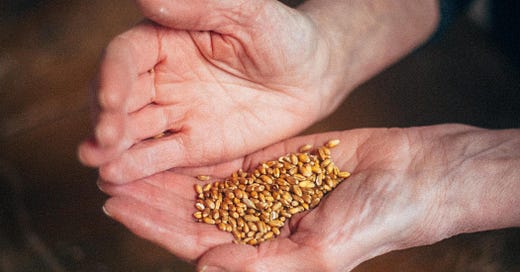Hi,
It’s a chilly October morning here beside the sea. Not cold enough to stir my tight fisted heart to put the heating on, but enough to warrant making a hot bowl of porridge, bubbling on the hob whilst I wait for sunrise. The smell of hot oats always sends me crashing back into memories of my childhood, and the immense, creamy, rich porridge my mum use…
Keep reading with a 7-day free trial
Subscribe to The Black Butter Club to keep reading this post and get 7 days of free access to the full post archives.




